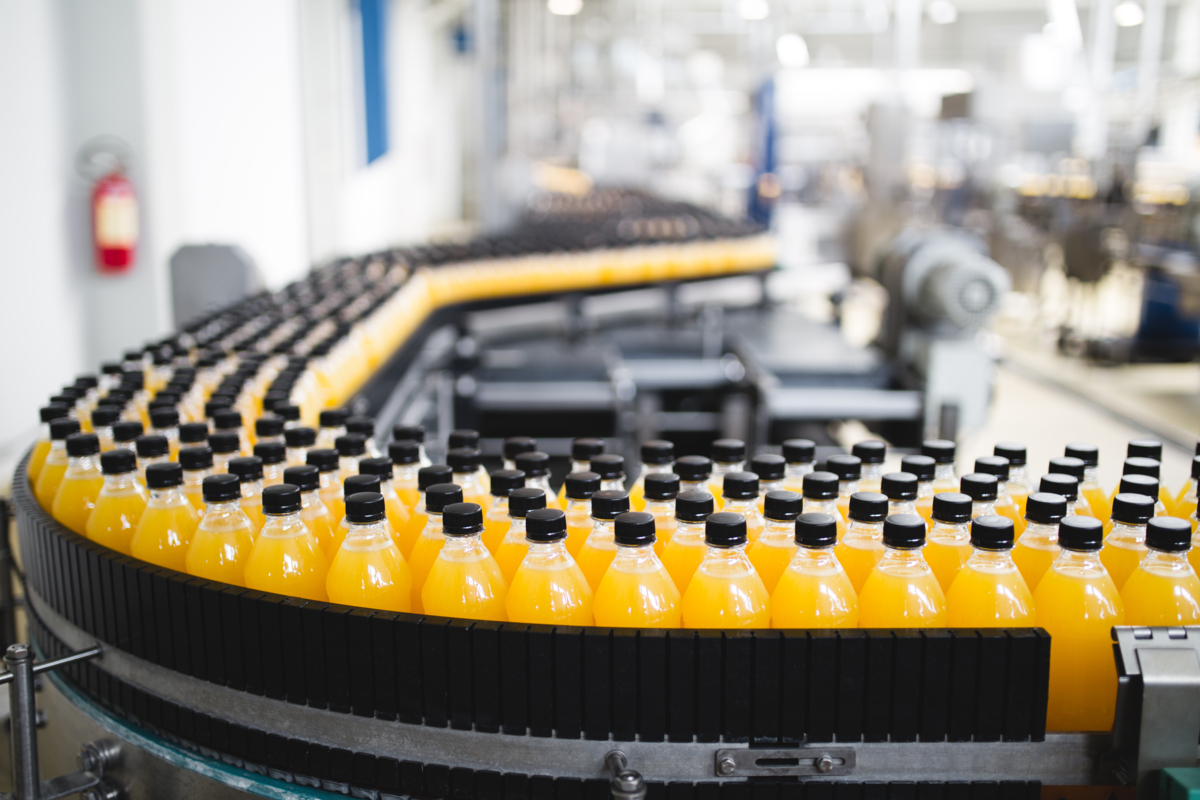There’s no hiding from the fact that current market conditions are tough, with Britain’s food inflation currently at a 45-year high. At a time of economic uncertainty, finding ways to reduce operational costs is key to protecting your profit. In this blog, we look at four tactics food manufacturers can use to improve cost efficiency:
- Automate business processes
- Consolidate your data
- Adopt Lean manufacturing
- Integrate your business systems
1. Automate business processes

With staff shortages continuing to disrupt the food industry, working smarter, not harder, can help maximise the resources you do have. Automation takes the repetitive, manual processes off your employees’ hands, allowing them to focus on the more business-critical responsibilities.
Automation also helps to:
- Increase efficiency and boost output rates – technology can operate 24/7 (with occasional maintenance breaks) and often more efficiently than what humans can do
- Improve safety and minimise errors – robotics can handle the most complex and dangerous tasks across your production lines, helping keep workers safe from injury and reducing the chances of human error
- Create logical workflows – allowing the right work to reach the right people at the right time
You can read more about the benefits of automation in the food industry by clicking here.
2. Consolidate your data

How you collect, organise, analyse and distribute your data can have a big impact on the overall success of your business. Without the right support, your teams can get caught up in spending too much time gathering and processing data. And by the time they’ve organised it into a format which makes sense, it’s most likely out of date already.
By bringing data from areas such as financial process automation, budget control and financial planning and analysis into one location, you can make it easier and more efficient to run your business across multiple geographies. Combine this with automation and drive improvements in team productivity, operations efficiency and cost savings.
3. Adopt Lean manufacturing

Lean manufacturing involves minimising or removing activities that offer little to no value to the manufacturing process. The food industry is ideal for Lean methods as food products are perishable and must be delivered on time by nature.
Applicable to all business areas and not just production, Lean helps you trim your processes, reducing waste and improving the efficiency of all your resources. To maximise the benefits, Lean should become part of your company culture. Adopting the approach requires education at each level in the manufacturing process, from your top-level managers down to your process line employees.
So, spend time developing a change management plan to help align employee mindsets and remove resistance to change. With an effective change programme, you can guide your people through the change and help them better understand and come to terms with it. The more they know what’s going on, the better. Information is power, after all.
Read more about our recommended approach to managing change by downloading our roadmap below.
4. Integrate your business systems

Modern food businesses use several business systems to meet their needs. Yet all too often these systems don’t integrate, resulting in:
- Scattered data across all networks, making it difficult to tell which version of data is the most recent, relevant and correct
- High levels of manual processes, resulting in employees spending far too much time and energy on mundane tasks
- Lack of performance insight, making it hard to understand how your organisation is performing as a whole
- Unhappy customers, who are unable to get the answers they’re looking for in a timely manner due to a disconnect in communication between your departments
- Low user adoption rates, with employees having to re-learn workflows for every new system implementation
By integrating your business systems, you can:
- Gain access to real-time availability and accessibility of data – for example, if data is modified in one subsystem, it’s automatically updated for all other systems, saving your employees time and effort
- Connect data and actions to drive smarter decisions that can improve the accuracy, efficiency and speed of food production
- Improve back office efficiency by accurately tracking sales, purchases and inventory, helping you reveal sources of waste and make better buying decisions
- Boost brand reputation and delight both current and prospective buyers
- Easily access comprehensive reports that cover every part of your business, helping you optimise growth and mitigate risk
Integrating applications can be a risky business without the right knowledge. That’s why you need the right partner who can support your integration strategy and help you get the most out of your solution. At Columbus, we’ve been helping food businesses realise higher value with their business applications for over 30 years. Find out more about our services by clicking here.
Helping Jackson’s Bakery drive efficiencies across the board…
Jackson’s Bakery realised it needed to undergo a transformation project to overhaul its technology and supply chain.
We helped the UK bread manufacturer modernise core processes from order to invoice, including procurement, EDI automation, advanced forecasting, production planning, material consumption and despatch. As a result, Jackson’s has been able to gain from new efficiencies that will ensure the company will be baking bread for its retail customers for many years to come.
Read the case study in full by clicking on the button below.


